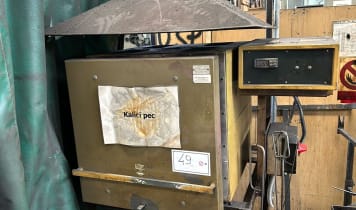Heat treatment of steel or cast iron workpieces is generally conducted in order to extract particular properties that are required for the application or for subsequent processing. Therefore, heat treatments can be subdivided into various metalworking processes. Generally, these are processes that bring about a structural transformation in the material or processes that treat the surface of a work piece.
- Used at steel or cast iron work stations
- Extracts the necessary material properties
- Subdivided into micro-structural transformation or surface treatment
Quality Great offers Personalised
In order to achieve these things, there are various thermal and thermo-chemical processes that can be used. Annealing (particularly soft annealing) is used to increase the machinability of the materials. Stress-relief annealing also falls under this category. These thermal processes are used to reduce the stress in a workpiece, which has built up from previous processes e.g. from rollers. Two types of thermal processes are annealing and hardening. Hardening can either take place over the whole piece of the material or only on the surface, where it can reduce the risk of the tool steel breaking. This means, that a hard core is surrounded by a hard crust.
The thermo-chemical processes can be subdivided into carbonising, nitriding, borating and carbonisation. There is a variety of possibilities for tempering, like soft annealing, normal annealing, stress-relief annealing, homogenisation, coarse-grain annealing and recrystallisation annealing. These methods are based on production specific requirements. A thermal heat treatment like surface hardening, general hardening, annealing, and austempering is attributed to the application. Thermo-chemical processes (e.g. nitration, ferritic nitrocarburisation, carbonitriding and carbonisation) are used to, for example, increase the carbon content on specific areas of the workpiece.





















